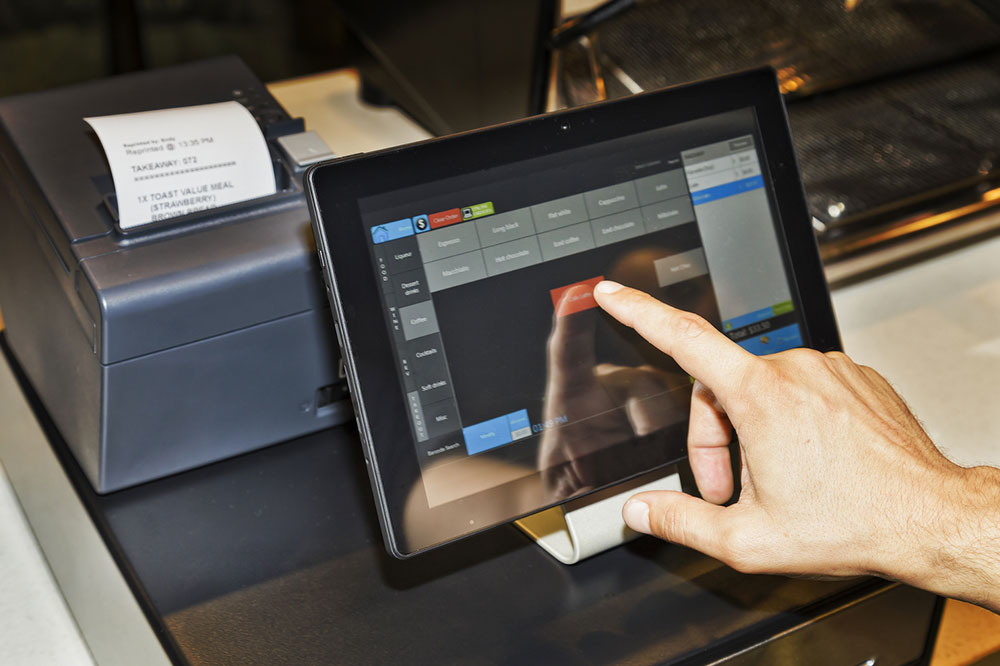Diverse Food Service Styles in the Hospitality Industry
Discover the diverse food service options in the hospitality industry, including formal table service, self-service setups, and assisted methods. Learn about their features, advantages, and typical settings used to elevate guest dining experiences.

Diverse Food Service Styles in the Hospitality Industry
The quality of service significantly influences success in hospitality. Food service involves preparing, presenting, and serving meals to guests, with various styles tailored to the setting. Main categories include table service, self-service, and assisted options. Keep reading to explore these service types and the different methods used to deliver food experience to customers.
Table Service
In this model, trained staff serve dishes directly at the table, in restaurants, private events, or corporate gatherings.
The primary forms of table service include:
Formal Silver Service Also called English service, this elegant style presents food from the left with utensils, and beverages from the right. It provides personalized service but requires more staff, increasing operational costs.
American Plated Service Also known as plated service, it involves serving pre-portioned meals from the right side, ideal for banquets. This method uses fewer staff but offers less personalized interaction and may generate more plate wastage.
Gueridon Service Also called cart or trolley service, dishes are cooked or prepared near guests using movable carts. Common in fine dining, it allows for showy presentations but can be slower with lower turnover and may emit cooking odors.
Tray Service Food is arranged and kept warm on trays for delivery to rooms or seats, typical in room service and institutional settings. It involves less staff but lacks elaborate presentation.
Russian Service This sophisticated approach involves garnishing and serving food on large platters, mostly reserved for upscale occasions, though it’s less common today.
Self-Service Seen in cafeterias and buffets, where customers pick up trays, choose food from displays, and pay at checkout. This setup makes meal selection quick and easy.
Assisted Service Mixes table service for some dishes with self-service for others, including several variants:
Single Point Service Typical in vending machines and takeaways.
Counter Service Trays are set near the counter for guests to collect before placing orders.
Lounge Service Provides beverages and snacks in upscale lounge environments, often demanding high quality standards.
Room Service Food is delivered directly to hotel guestrooms, offering convenience for guests.
Various innovative service methods, such as mobile ordering, conveyor belts, and robotic systems, are enhancing dining experiences. Hospitality venues select services based on customer preferences and operational standards.


